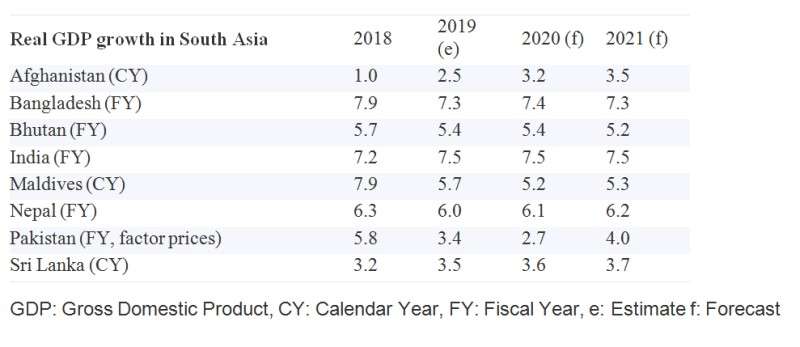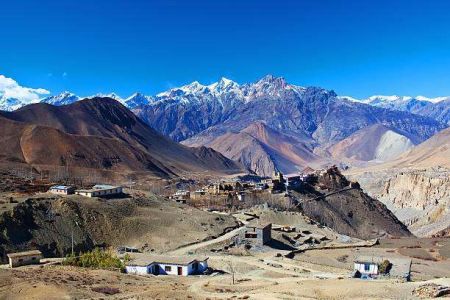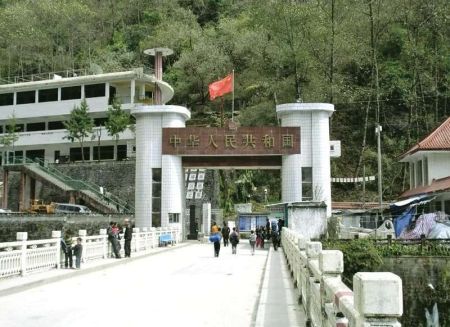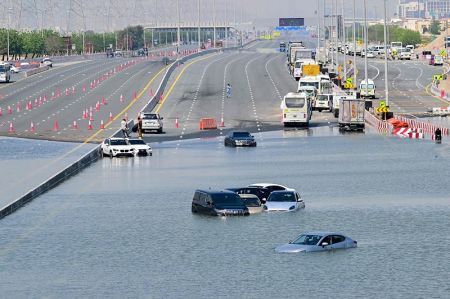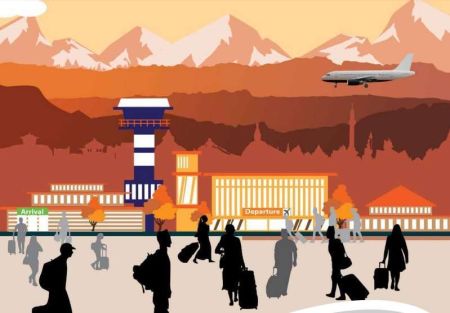April 8: South Asia holds on to its top spot as the world’s fastest growing region, with growth set to step up to 7.0 percent in 2019, then 7.1 percent in 2020 and 2021, says the World Bank in its twice-a-year regional economic update. However, the World Bank said in a statement that the region needs to increase its exports to sustain its high growth and reach its full economic potential
The latest edition of the South Asia Economic Focus states that the region’s growth, while still robust, is mainly driven by domestic demand, which in turn swelled imports and far outstripped exports, further widening trade gaps and current account deficits, and triggering currency depreciation in some countries.
“South Asia’s exports performance has dropped in the last few years to languish at far below its potential and while growth still looks robust we are concerned about whether this can hold up over the longer term,” the statement quoted Hartwig Schafer, World Bank’s vice president for the South Asia Region, as saying.
“To ensure growth in the long run, the region needs to integrate further into international markets to sustain its upward growth trajectory, create more jobs, and boost prosperity for its people,” he added.
Across South Asia, imports grew much stronger than exports in the last two years, reversing the region’s exports dynamics of the early 2000s. Strong domestic demand, fueled by a consumption and investment boom, resulted in high import growth of 14.9 percent in 2017 and 15.6 percent in 2018, which is nearly twice as high as the region’s export growth. In comparison, exports grew by only 4.6 percent in 2017 and 9.7 percent in 2018.
“To ensure growth in the long run, the region needs to integrate further into international markets,” said Hans Timmer, World Bank’s chief economist for the South Asia Region.
“Efforts should include trade liberalization, spurring entrepreneurship, and equipping citizens with the skills they need to compete on the global market. It would be good to be creative and relentless in all these efforts.”
But despite this recent progress, South Asian countries still export only one-third of their potential, and the gap is widening. The report estimates that the region’s export gap widened over time, standing at over 20 percent of GDP in 2017, as South Asia did not fully take advantage of a favorable international global trade environment and remained on the margins of global value chains.
In Nepal, GDP growth is projected to average 6 percent over the medium term. The services sector is forecast to benefit from strong tourism and manufacturing will be supported by the opening of Nepal’s largest cement factory next year.


